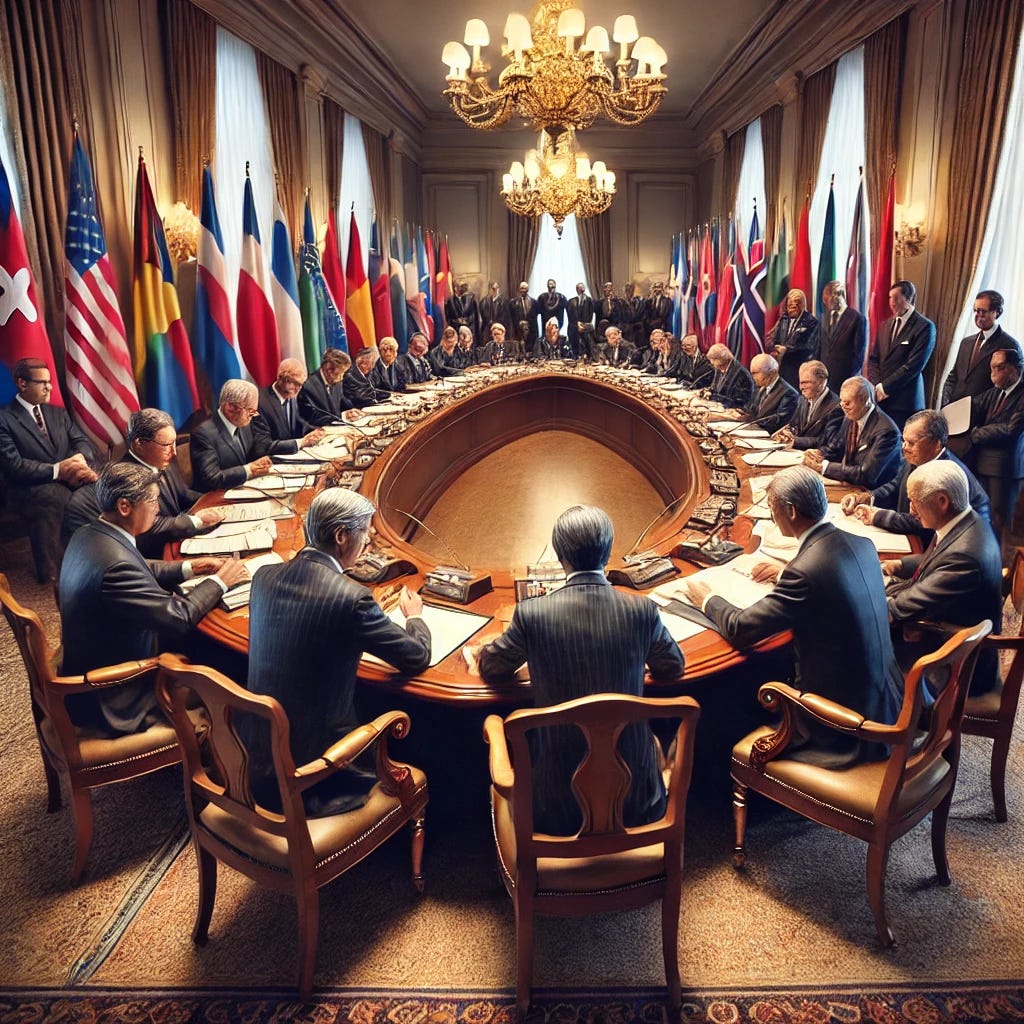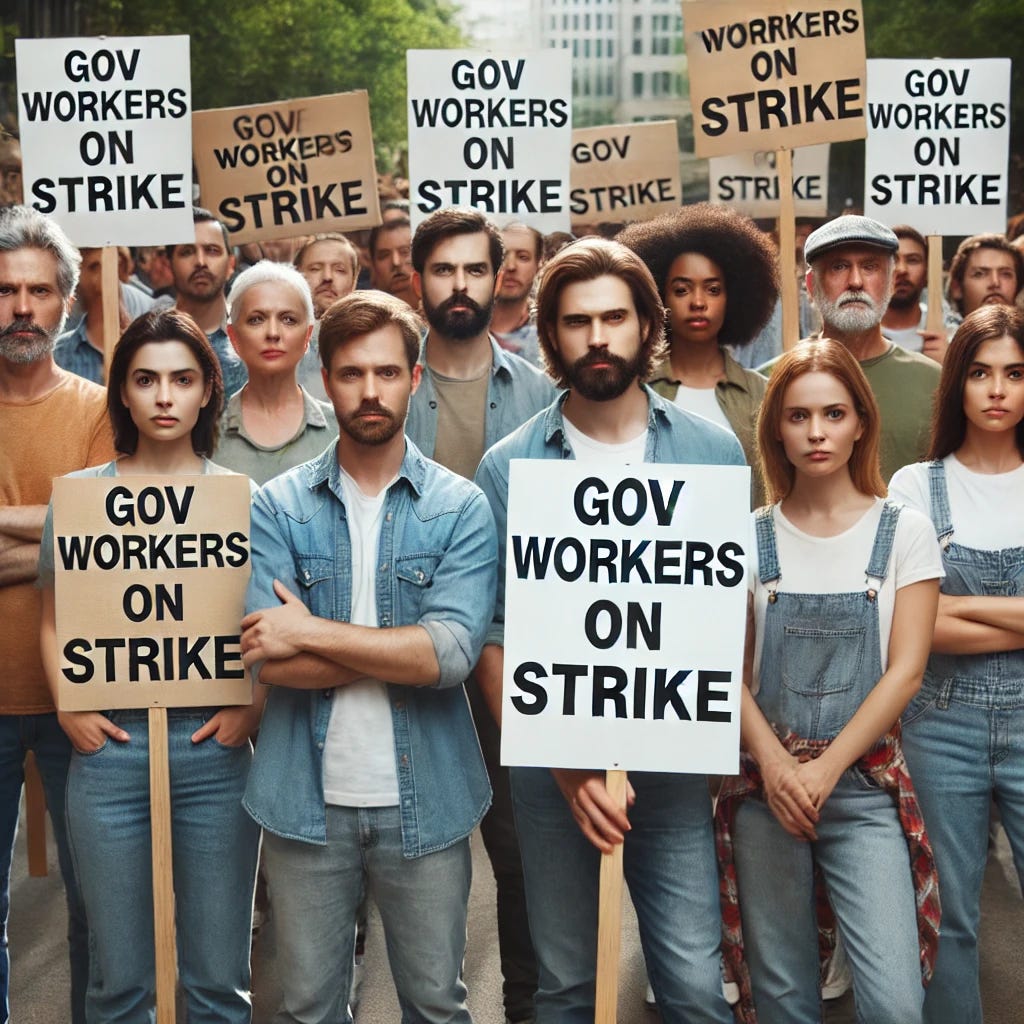DEFENSE, DOLLARS, AND DIPLOMACY
the legal, constitutionally granted powers of the Government of the United States.
This article appeared here in January 2024, however we believe it’s as timely today as it was then. There’s also a real difference between how some things were then and how they are now. Can you notice the difference?
I haven’t changed a word, so remember I’m talking about a year ago, not today.
In today’s world we hear about 3D in a lot of contexts; there are movies, printers, CNC machines, and a host of other products that are labeled 3D in one way or another.
The 3D we’re looking to talk about today is not well known, possibly not known to anyone but us as we believe we coined the phrase.
A friend asked us to write this article, as she was intrigued by the 3D concept.
The 3D we’re going to talk about stands for Defense, Dollars, and Diplomacy, and in our opinion those three words fully describe the legal, constitutionally granted powers of the Government of the United States.
When we look at the federal government, we find all kinds of departments and boards, very few that are authorized by the Constitution, and certainly not part of 3D. The government, through 3D, has a holy responsibility to the citizens of the United States. What follows is our definition of what 3D means, and also a list of some of the areas the government has become involved in.
The obvious first responsibility and power of the feds is Defense. Without defense we do not have a country. The Constitution is very specific about this, not only requiring the feds to defend the country, our borders, and all of our citizens, but also forbidding states from participating in their own defense except for known documented exceptions. We’re seeing an attempt by Texas to perform the defense function on the southern border which the federal government, by not enforcing current law, is not fulfilling and which the Constitution allows under states defending themselves from invasion.
Defense also has to do with creating, supporting, and managing a military that can defend the country from foreign countries with ill intent toward the US. We see our military as being sub-par at present. The design of our military has always been a fighting force. They have their own laws (UCMJ), their own legal system, and their own penal system. Being in the military you give up some of your Constitutional rights where the needs of the military may conflict with Constitutional guarantees.
We see signs of a military that has become a social experiment instead of a fighting force, where DEI is taught, where pronouns are used, where officers can think of themselves as dogs or cats, and where leadership believes it owes allegiance to a person (the president) rather than the country to the detriment of the chain of command. All these things are anathema to the maintenance of an effective fighting force. Enlistment and retention numbers seem to bear this out.
The second “D” is dollars. The Federal government is responsible to create and maintain our currency.
Actually Congress is responsible to create and maintain currency. Understand, the responsibility for currency lies directly on Congress, according to the Constitution even though the Federal Reserve Act of 1913 created Federal Reserve Banks and ceded power over issuing and maintaining US currency to this privately held organization. Although the function of the Fed seems necessary the way in which it was created (as a private company) and the way it works, independent of Congress, makes it suspect.
Congressional oversight is limited to policy reports, regular policy decision reports, very limited audits (the Federal Reserve has never been subject to a complete audit), and legislative oversight which is mainly the ability to amend the Federal Reserve Act. What all this means in the real world is the Fed is operated independent of the Federal Government by a Board of Governors appointed by the President of the US.
When you talk dollars you are talking the Federal Reserve (Fed). This is important, as federal debt is underwritten by bonds issued by the Fed, using the credit of the US as a guarantee. Again, a quasi-private company has the ability to accept debt for the US. The Fed does nothing but supply requested money to the federal government. If the government insists on spending more than it takes in, the Fed will float bonds to supply the difference. The Fed tries to control inflation by altering the cost of money to the reserve banks, but most alterations to the interest rate occur after the fact and have limited effect. Obviously the best method to control inflation is to limit government spending, but the only input the Fed would have in this case would be to not issue bonds to cover already incurred debt, which could cause the US to default.
The discussion of dollars has to be that control of the currency supply should rest with the government so that control and responsibility reside in the same place. That would require the Fed to directly report to the government, which will probably never happen. We need a central bank, the question is do we need central bankers who are beholden to the central bank and not the government from whom their power flows? Our probably naive recommendation is for the Federal Reserve to become a cabinet level agency of the federal government. The current Chairman of the Federal Reserve Bank would then become the Secretary of the Federal Reserve or some such title. The title is unimportant, the control by the government is needed. Congress’ Constitutional responsibility would remain as currently delegated, with operational control delegated to an executive department as are all government functions.
Diplomacy is the third “D”. It is the federal government’s responsibility to treat with foreign governments, to create treaties, and to declare war. The states are specifically forbidden to deal with foreign governments. That all seems rather simple, and it is. The State Department has the authority to act in the President’s stead in dealing with foreign countries. Any treaties that are created must be approved by the Senate, thus insuring the people having a say in foreign policy.
There have been problems in the past where Senators and Congressmen take junkets to foreign locations, and while there have substantive conversations with foreign leaders. John Kerry and Nancy Pelosi are two examples of congressional interference with the executive branch’s responsibility to conduct foreign relations.
So that’s the 3Ds. We could go a lot deeper into how each one is supposed to work, but we believe any additional questions can be answered if you ask in a comment.
We do find that federal overreach is easily identified by using the 3D definitions. Most government overreach is simply spending money on something you aren’t authorized to spend it on. In other words, the Constitution does not allow for a function, so implementing it is overreach.
The following federal departments are enumerated in the Constitution:
Department of Commerce (DOC)
Department of Defense (DOD)
Department of Homeland Security (DHS)
Department of Justice (DOJ)
Department of the Treasury (UST)
These federal departments are not listed in the enumerated powers. They may be authorized by a loose interpretation of the Commerce Clause or the Necessary and Proper Clause. We find both Commerce and Necessary and Proper Clauses have been stretched beyond recognition by a reasonable man:
Department of Agriculture (USDA)
Department of Education (ED)
Department of Energy (DOE)
Department of Health and Human Services (HHS)
Department of Housing and Urban Development (HUD)
Department of the Interior (DOI)
Department of Labor (DOL)
Department of State (DOS)
Department of Transportation (DOT)
Department of Veterans Affairs (VA)
Environmental Protection Agency (EPA)
National Aeronautics and Space Administration (NASA)
Office of Management and Budget (OMB)
Office of the Director of National Intelligence (ODNI)
Office of Personnel Management (OPM)
Small Business Administration (SBA)
Social Security Administration (SSA)
U.S. Agency for International Development (USAID)
U.S. Postal Service (USPS)
Executive Office of the President (EOP)
Central Intelligence Agency (CIA)
Federal Bureau of Investigation (FBI)
National Science Foundation (NSF)
National Archives and Records Administration (NARA)
National Institutes of Health (NIH)
This is not a complete list, there are many other independent agencies and boards, and this list is just an example of the spread of the federal government.
The following questions will demonstrate the overreach of the federal government:
Which of these agencies are not authorized but are nice to have.
Which of the non-authorized agencies would be more useful at the state level?
Which of the non-authorized agencies should remain at the federal level?
Which of the non-authorized agencies should be disbanded and their function, if needed, be taken up by the states?
The 3D system allows us to view the government functions in a relatively simple way, but changing it is a whole other beast. Remember these agencies are staffed by government employees, bureaucrats who are unionized under the Civil Service Reform Act of 1978 (thanks Jimmie Carter).
We don’t believe government unions are a good idea, as, like any other human creation, the members will eventually be more committed to the union than they are to the government they serve. This raises the question of whether government unions should be allowed to continue?
In closing, it is only fair to say that governments are designed and implemented by men, and like anything created by man they are not perfect.
They can, however, be improved by men taking action.














